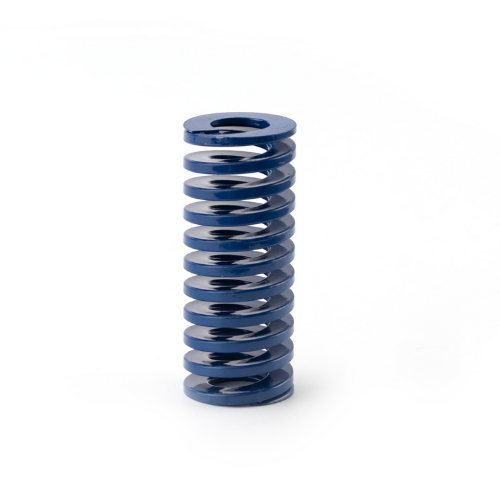- English
- Español
- Português
- русский
- Français
- 日本語
- Deutsch
- tiếng Việt
- Italiano
- Nederlands
- ภาษาไทย
- Polski
- 한국어
- Svenska
- magyar
- Malay
- বাংলা ভাষার
- Dansk
- Suomi
- हिन्दी
- Pilipino
- Türkçe
- Gaeilge
- العربية
- Indonesia
- Norsk
- تمل
- český
- ελληνικά
- український
- Javanese
- فارسی
- தமிழ்
- తెలుగు
- नेपाली
- Burmese
- български
- ລາວ
- Latine
- Қазақша
- Euskal
- Azərbaycan
- Slovenský jazyk
- Македонски
- Lietuvos
- Eesti Keel
- Română
- Slovenski
- मराठी
- Srpski језик
The Difference Between Stainless Steel Springs and Springs
2023-07-12
Stainless steel springs and springs are widely used in the electromechanical industry. When a spring is stressed, it causes elastic deformation, resulting in a change in mechanical function or kinetic energy. After unloading, the working deformation of the spring disappears and will be restored to the original state. Suitable for anti-corrosion, temperature resistance, non-magnetic. The surface state of the material can be selected in a variety of ways, such as nickel spring wire, resin spring wire, etc. Stainless steel spring is divided into bright surface, semi-bright surface and fog surface.
Customers can choose according to product accuracy and aesthetic requirements. Stainless steel spring has smooth surface, good formability, uniform elasticity, high plasticity and good fatigue strength. Stainless steel springs can be divided into plate springs, spiral springs, ring springs, truncated conical scroll springs, disc springs and torsion bar springs. According to its mechanical properties, stainless steel springs can be divided into tensile springs, torsion springs, bending springs and compression springs. Ordinary cylindrical spring is widely used because of its simple manufacture, wide variety and simple structure.
In general, the spring should have a high elastic limit, fatigue limit, impact toughness. Cold rolling is often used for spring steel wire with a diameter of less than 20mm. Some springs can also be pressed or polished after processing, which can improve the bearing capacity of the spring. Non-magnetic spring and weak magnetic stainless steel spring can be widely used in hardware, electronic equipment, civil, industrial and other products.


